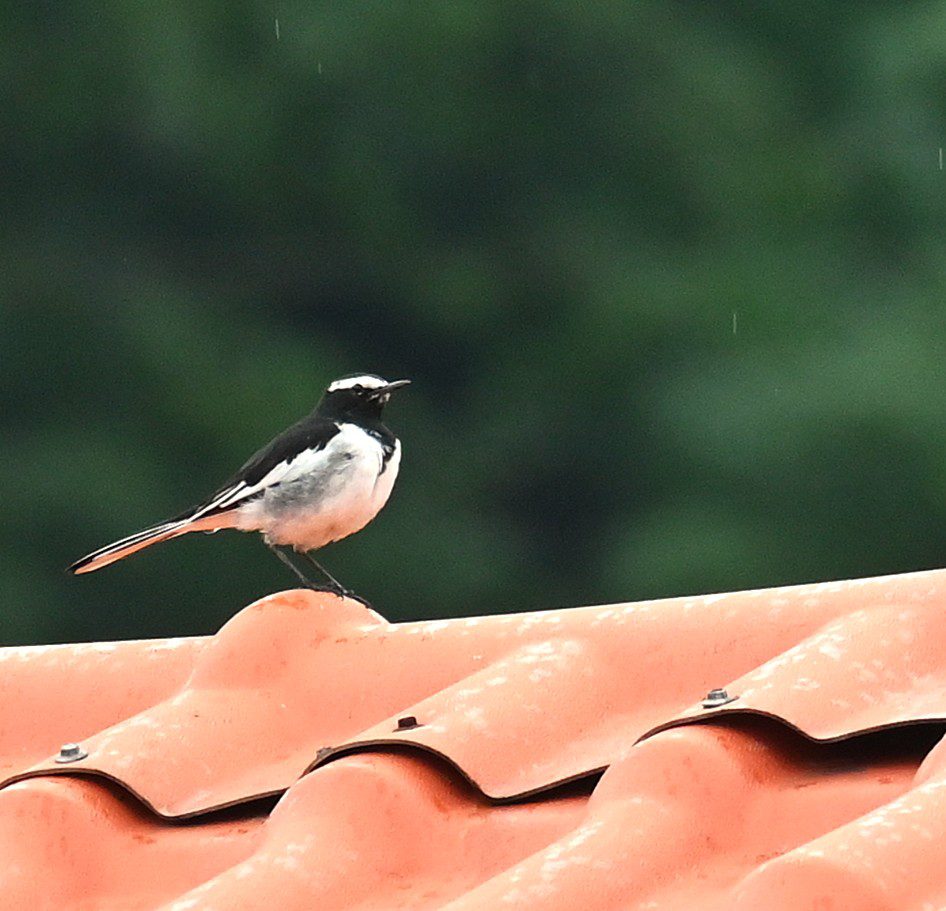
Wagtail – India’s Rooftop Songbird
Wagtail – The Graceful Tail-Wagger of Indian Roofs
The Wagtail, or Motacilla maderaspatensis, is one of India’s most elegant and musical birds. Known for its contrasting black-and-white plumage and signature tail-wagging dance, this wagtail often graces rooftops, lakesides, and courtyards across the subcontinent.
Appearance
This bird is easy to recognize:
- A bold white eyebrow running across its black head
- White underparts and black upperparts forming sharp contrast
- A long tail, constantly wagging, giving it both grace and character
Behavior and Habitat
The Wagtail thrives in open areas — especially near water bodies like rivers, tanks, and lakes — but is also perfectly at home in cities and villages.
You’ll often see it perched on rooftops after a rain, flicking its tail as if keeping rhythm with raindrops.
They feed mainly on insects and small flies, catching them mid-air or foraging along ground surfaces.
Why It’s Called the ‘Rooftop Singer
This wagtail is a true urban performer.
Its melodious whistles are among the most cheerful sounds in early mornings or post-monsoon evenings. During breeding season, the male often sings from elevated perches — rooftops, poles, or walls — to attract a mate.
Symbolism and Cultural Connection
Across various Indian cultures, the wagtail symbolizes joy, purity, and renewal.
Its tail-wagging behavior is said to represent persistence and positivity — the idea that even after a storm, life must move forward.
To bird lovers and photographers, it represents balance between movement and stillness — a recurring theme in Indian natural beauty.
Conservation and Coexistence
Though the Wagtail is not endangered, its habitat quality depends on clean water sources and green spaces.
Preserving such areas in cities helps these birds thrive and maintain ecological balance.
Fun Facts About the browed Wagtail
- It’s the largest wagtail species found in India.
- Its scientific name, Motacilla maderaspatensis, means “bird of Madras.”
- It’s mostly resident, rarely migrating except in extreme conditions.
- The tail-wagging behavior may help flush out prey.
- Its songs intensify during breeding season — especially after light rain.
For more stories click here to visit our Safari Tales category on TravelonTales
